Redefining furnishings e-commerce experience.
Project: Mobile-first web application (Academic)Scope of work: Concept, UX Research, UX/UI design, Branding, CopyYear: 2023
When it comes to interior design, people often discuss colours, trends, and styles. Social media platforms have made finding
products and inspiration for interior design projects incredibly
accessible. Many emulate influencers, recreating homes for that
perfect Instagram look. But here's the thing: a pretty
picture doesn't always guarantee a high quality of life and
improved well-being for those living in such space. What if people
don't realise they could move beyond copying surface
aesthetics and start designing living experiences instead?
How can we enhance our home living experience, and why is it so important?
How can we enhance our home living experience, and why is it so important?
Research
To start the project, it was crucial to understand people's perceptions of their homes, how they approach the revamp, and the
choices existing in the market.
Here are the key findings:
Customer Perspective:
I focused on home decoration and home textile market (HDHT), excluding space alteration services, so my solution can work for more people, including renters.
Here are the key findings:
Customer Perspective:
- In the context of the idea of "home," people mentioned their "feel-good moments" rather than specific styles or trends.
- People see their homes as a reflection of their personality.
- With so many options and trends, people often struggle to make a choice.
- Instagram is a main source of inspiration, thanks to real-life content, recommendations, and shopping features.
- The pandemic has accelerated the shift towards remote work, leading to a significant increase in the demand for WFH category.
- People are focusing more on their mental and physical well-being. This has led to popular themes like creating spa and yoga spaces, improving gardens and balconies, celebrating at home, better sleeping, and decluttering.
- People want to make the world fairer and more sustainable after COVID.
I focused on home decoration and home textile market (HDHT), excluding space alteration services, so my solution can work for more people, including renters.
- TA including virtual reality showrooms, AR in-home trials, AI-driven real-time recommendations are booming, including in HDHT.
- Prominent brands are transitioning towards a more 'lifestyle-centred' approach, expanding their offerings beyond home goods and furniture.
- While many companies are embracing sustainable business models, Traditional categorization and product-centric approach continue to dominate the mainstream market.
Instead of pushing on flashy trends, we should focus more on those “feel-good moments” actually shaping our living experience.
Problem Statement
- How can we help users to design their feel-good moments at home?
- How can we simplify the choice for them?
- How can we shop for home in more sustainable way?
Persona
During the interviews, I identified two groups of customers depending on their attitudes towards home improvement and design
in general. Based on this, I created two personas to guide my
future design choices.

Sitemap
When starting a project from the ground up, it's crucial to maintain a sense of organization.
Keeping this in mind, I crafted a concise sitemap that prioritized key features,
such as products and courses.

Wireframes
I developed wireframes to arrange everything and prepare for the UI phase. For the feed, I intentionally adopted the Instagram pattern, as studies have shown its popularity
among users seeking interior items and inspiration. Additionally, I researched effective checkout
flow designs and incorporated all the essential elements into my wireframes.
Shop the Look
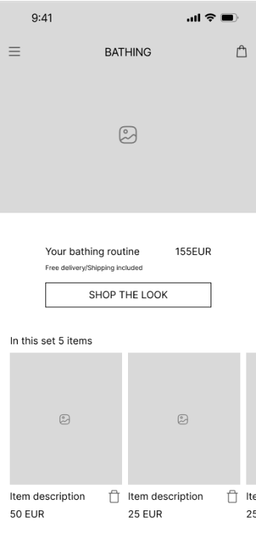






Book a course

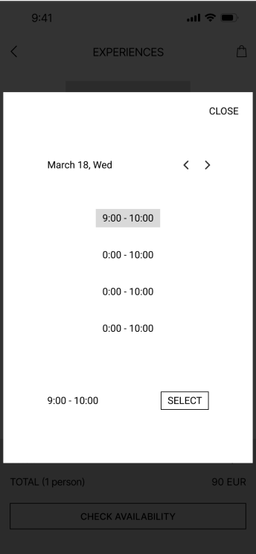
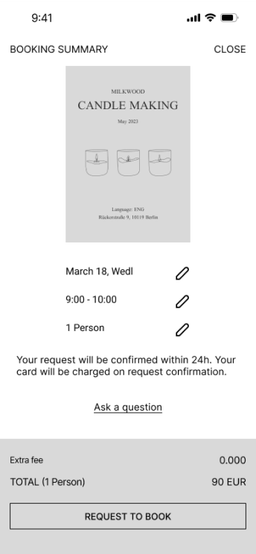




Checkout


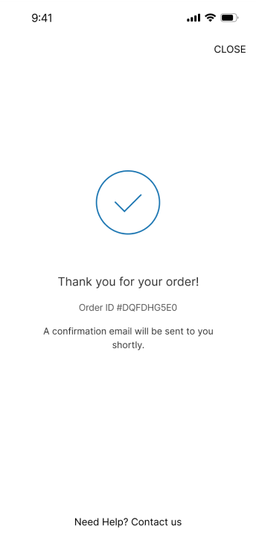




Usability Testing
Six participants took part in a usability test conducted via Zoom, where they interacted with a Figma prototype. The goal of the test
was to assess the app's ease of use for novice users, their
understanding of the product's value proposition, and their
ability to perform basic tasks such as browsing products, making
purchases, and booking courses.
 Remote testing with Zoom, using Figma prototype presentation
Remote testing with Zoom, using Figma prototype presentationTest Results:
Everyone gave positive feedback and successfully completed the basic tasks. Using the data from the affinity map in the usability test, I made a priority matrix to pinpoint and tackle the most important issues.
Everyone gave positive feedback and successfully completed the basic tasks. Using the data from the affinity map in the usability test, I made a priority matrix to pinpoint and tackle the most important issues.
Issue
Solution
- The onboarding is seen as too long.
Skip educational part and shorten the onboarding up to the two screens.
- Participants were unsure about shopping individual products from 'Shop the Look' offer.
Add [remove] button under individual items, so users can edit cart right on the product page.
- Participants expected the payment method to be the final step of the checkout process.
Swap summary and payment steps.
- Users were curious about finding courses under the main feed
Emphasize the course offerings through distinctive UI design.
Branding and UI Kit
I suggested a minimalist UI design with a greyscale colour scheme to prioritise the main focus - products. For the Logo, I employed
capital letters to underscore the significance of our daily
routines.


Final Design
I combined aesthetics and usability in high-fidelity wireframes.




















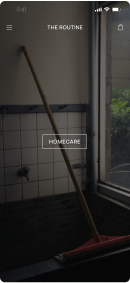









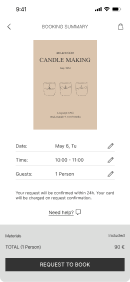



Desktop Version
With the additional space, I displayed the hamburger menu to provide customers with a complete overview of the product
features.
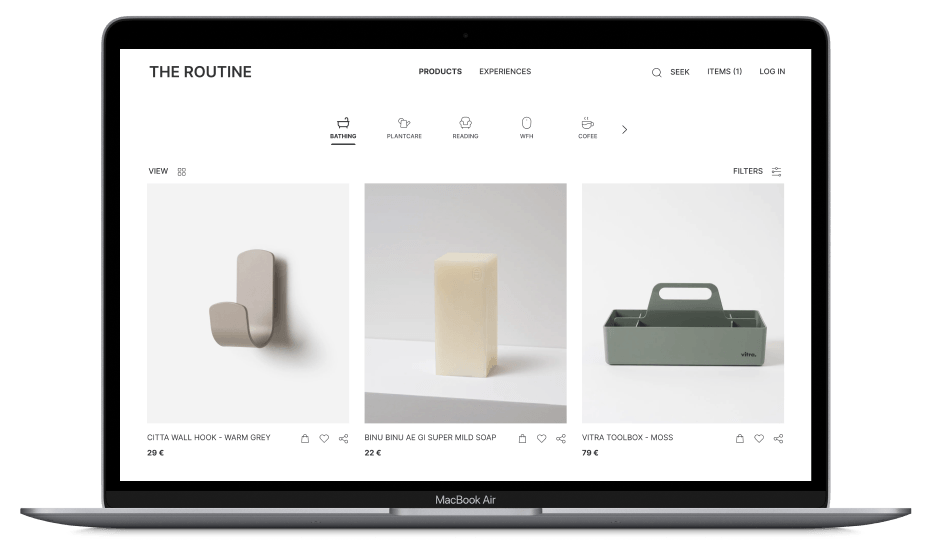
Final Testing
Following the Usability test, I conducted a preference test and received positive feedback and valuable suggestions for my prototype during a peer review. Finally, I conducted an accessibility check to ensure my design meets the AA-level requirements.
Older version

New version

The App
After more than four weeks of hard work, I successfully completed the prototype. As it was my first end-to-end UX/UI project, I take
pride in the final outcome :)
Reflection
Throughout the course of this project, I realized that the most effective framework can vary significantly based on the
project's specific objectives. In my case, where the emphasis
was on seizing opportunities rather than addressing defined
problems, I learned the importance of adapting research methods to
suit the project's unique demands.
Another notable challenge I encountered was the need to differentiate between UX implications and marketing considerations, particularly considering my background in marketing. This dilemma allowed me to delve deeper into the intersection and divergence of UX design and marketing. With each experience, I developed a more comprehensive understanding of how these two domains intertwine and how they distinctly contribute to the success of a project.
Another notable challenge I encountered was the need to differentiate between UX implications and marketing considerations, particularly considering my background in marketing. This dilemma allowed me to delve deeper into the intersection and divergence of UX design and marketing. With each experience, I developed a more comprehensive understanding of how these two domains intertwine and how they distinctly contribute to the success of a project.


